8-Gallon Cheese Pot
This is the pot I use for all my largest cheeses. Filled to the brim, it holds 8 gallons. It heats evenly and the milk doesn’t stick to the bottom.
Showing all 20 results

This is the pot I use for all my largest cheeses. Filled to the brim, it holds 8 gallons. It heats evenly and the milk doesn’t stick to the bottom.

This large whisk is perfect for cutting curds into quarter-inch (o.6 cm) pieces. Plunge the whisk up and down for the vertical cuts, and then stir with a scooping motion to bring any un-cut pieces to the surface and cut them horizontally (more or less).
Note: This whisk is slightly larger than the one I have. Mine is 18 inches, but it’s currently out of stock.

Setting cheeses on these all-purpose, natural-fiber mats while air drying and/or aging allows the cheeses to have good air flow on all sides.
To clean, simply scrub with dish soap and a brush and then air dry. (Periodically, I also spritz them with a solution of 50-50 white vinegar and water and then air dry.)

When gifting wedges of cheese to friends, I like to wrap them in this paper, slap on a label, and then tie them up with twine. In the paper, the cheese holds well for several days but much longer than that and it will begin to dry out. Therefore, if storing the cheese for a longer stretch of time, place the paper-wrapped wedge in a small ziplock.

The bristles on this brush bare soft and flexible, firm enough to remove the mold but not so abrasive that they damage the rind. And the brush is so comfortable to hold that it almost feels like an extension of your hand. To clean, just dab some dish soap on the bristles before rubbing it against the bottom of the sink, rinsing well, and then air drying.

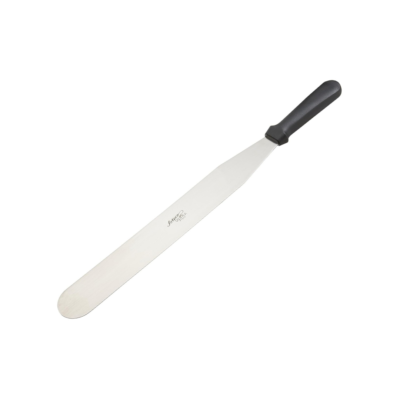
Smoothly slices through curd and big enough to easily reach the bottom of my largest 8-gallon pot without getting my hand wet.

These mesh tents are excellent for protecting cheeses against flies and bugs while air drying. They are large enough to cover an 8-9 pound cheese and collapse like an umbrella for easy storage.

This is my main cheese spoon. It’s long enough to stir milk in a full, 8-gallon pot. (If you notice bits of dried milk lurking in the holes, use a toothpick to scrape them out and then rewash.)
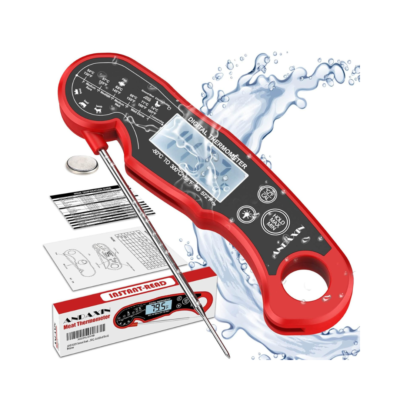
This isn’t the exact thermometer I use, but it’s close. I use it almost daily, for extensive periods of time, and haven’t changed the battery in years. To clean, I scrub the probe with hot water and soap, and then spray the probe with a vinegar and water solution and wipe it dry with a paper towel before using.
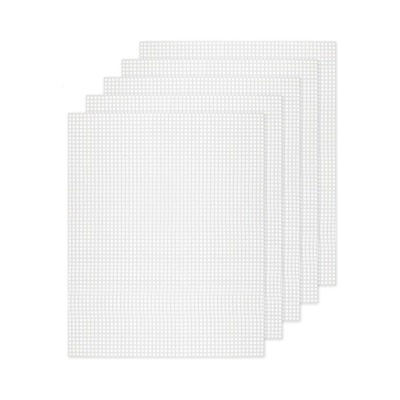
To extend the height of my mold and allow it to accommodate more curds, I insert two pieces of this mesh into the mold before lining the mold and mesh with cheesecloth. Once the curds have sunk to the level of the mold (a little hand-pressing is sometimes necessary), I remove the collar and proceed as normal. This allows me to be more efficient in my cheesemaking by using more milk in a recipe (usually 8 gallons).
This plastic mesh can also be cut down to size with a kitchen scissors and then used as cheese mats or to hold pieces of floating feta under the brine.

This cheesecloth is large enough to line a mold for an 8-gallon cheese, and the mesh is fine enough to easily drain yogurt, butter, quark, and cream cheese without losing the curd. (If using cheesecloth to wrap a cheese for aging, I recommend getting a whole bolt of cheesecloth, which will be much cheaper.)

This bolt of cheesecloth is excellent for bandage wrapping cheeses for aging. Pieces of cheesecloth can also be cut from the bolt and used to line cheese molds during pressing, or for hanging curds to drain.
Note: Because the pieces are cut from the bolt, the edges may fray a bit. In the beginning, there are bits of loose thread, but once it’s been washed, the cloth becomes much more self-contained and orderly.
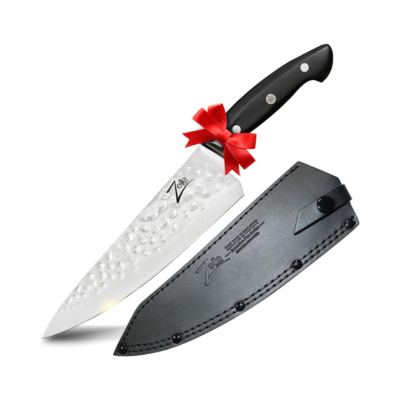
My children got this knife for me as a gift several years ago and it’s the knife that you see in most of my videos. I use it to chop curds when cheddaring, as well as to slice open all my wheels of cheese. The handle is comfortable to hold, and my knuckles so they don’t bump the cutting surface when I’m chopping things. Highly recommend!
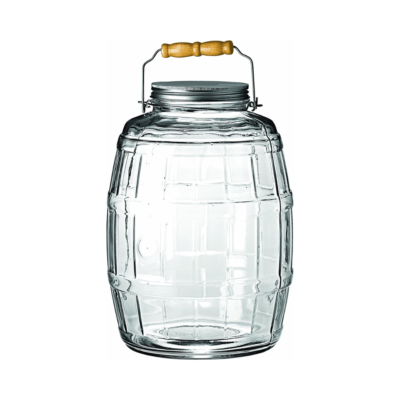
This is the jar we use as our butter churn. It easily churns 1 to 1.5 gallons of cream into butter but — and this is the tricky part — you’ll have to first source a paddle and butter churn motor to go with it.
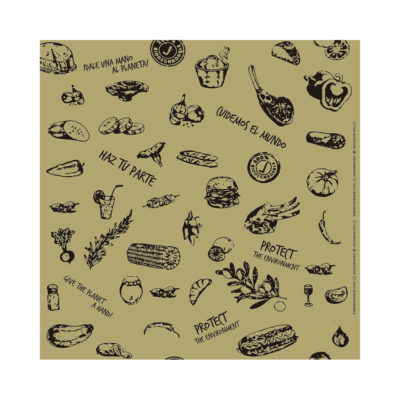
This is the BEST paper for wrapping butter. It’s a cross between cheese paper and wax paper; it doesn’t get wet or soggy, and it doesn’t stick to the butter. One sheet will comfortably hold 8 ounces of butter (and probably a bit more, if the butter is formed in the shape of a log).

These are the one-cup containers I use to store and freeze soft cheeses like cream cheese, ricotta, and yogurt cheese. Reusable!

If you’re making a Tête de Moine cheese, you’re gonna need a cheese curler! I’m not a big one for trinkets, but this little shaver has huge wow-factor. SUPER fun.

This is not the same yogurt maker that I have (I got mine, a Salton, over twenty years ago), but this one looks similar and is a comparable price. Note: the yogurt will have a better set if allowed to chill in the container in which it’s incubated. Once the set is broken, whey is released; just pour it off. To make a Greek-style yogurt, drain the yogurt in cheesecloth for a couple hours.

This is the acid I use to keep my cheesemaking equipment free of milkstone. Dilute it with water (1 part acid to 15 parts water), soak for a few minutes, and then scrub gently to remove the milkstone. Highly toxic: wear gloves and eye protection.